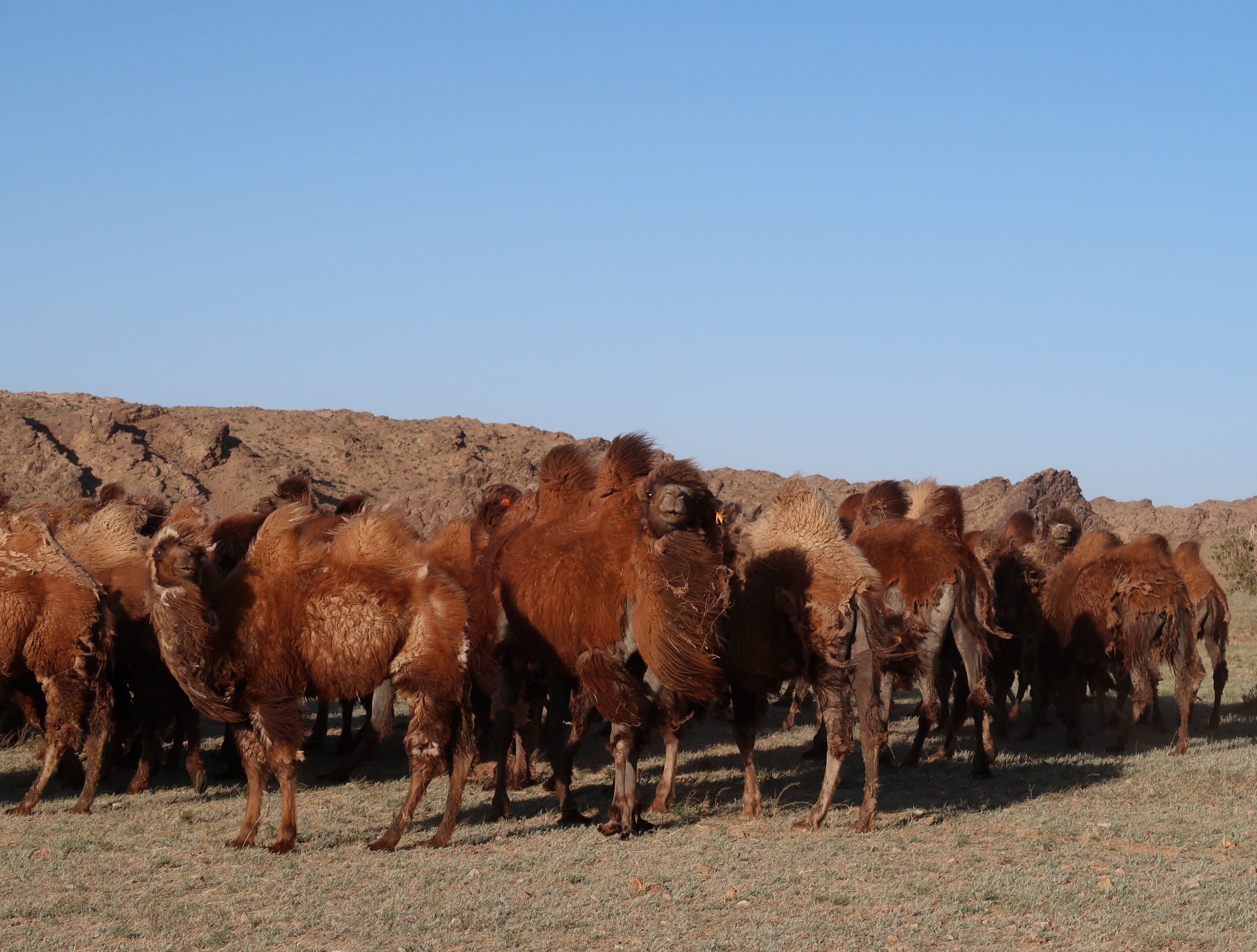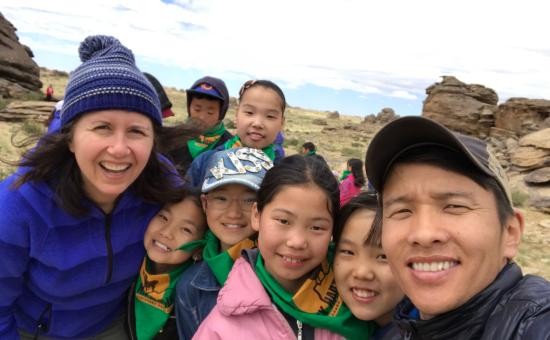Finding lessons on the Mongolian steppes
12/11/2019
ISTA member Carol Pierobon-Hofer shares her experiences in Mongolia made possible, in part, by an NEA Foundation grant. She chronicles her fantastic encounters with the Mongolian terrain, vegetation and wildlife. Pierobon-Hofer was the recipient of a Learning & Leadership Grant. To learn more about the grant and how to apply, visit neafoundation.org. The next application window is Feb. 1.
Located 12 time zones ahead of Indianapolis, Mongolia is truly halfway around the world. I traveled to this landlocked, sparsely populated Asian country to learn firsthand about the animals and vegetation of the Mongolian steppes, desert and taiga (snow forest) to increase my knowledge of these biomes. This opportunity was partly possible through the NEA Foundation’s Learning and Leadership grant, which supports teachers in their quest to hone their craft.

After a few days of marveling at the expansive boulevards and ever-present building cranes in the continuously growing capital city of Ulaanbaatar, I traveled five hours south to the Ikh Nart Nature Reserve to spend two weeks working alongside scientists. Upon our arrival, I spotted an ibex (mountain goat indigenous to central Asia) silhouetted at the top of the rocky hill, the first of many animal encounters. While we were off-the-grid in terms of connectivity, the camp itself had quite a sweet set-up – thanks to solar power and creativity. We all slept in gers, traditional round portable structures with wooden beams, felt covers and wondrous skylights.
Summer provided 16 hours of much needed daylight for our long list of tasks to accomplish. Some days, the daylight was the only reminder that it was summer. Like many parts of Mongolia, Ikh Nart’s weather was at times harsh and unpredictable, especially once the wind picked up. It wasn’t unusual to be in a T-shirt one day, and then don a coat, gloves and winter hat the next. Although it’s said that the wind has blown half of Mongolia into China, one can’t help but forgive it because this erosion has sculpted incredible hills and rock formations creating prime real estate for raptors. Steppe eagles, Saker falcons and Cinereous vultures nest on the highest crags. We counted nests and eggs and even banded some of the baby birds, while improving my understanding of bird development and anatomy.
Using the quadrant method, we counted vegetation samples and updated the ecosystem’s stats. Now when I teach my students about these areas, I can talk about how the permeating smell of sweet sage is irresistible to camels. Daily, Bactrian camels with humps of all sizes, some even droopy, would wander in leaving their shedding fur tangled in the scant vegetation.
Around 6 p.m. we would all go set up rectangular boxes filled with couscous in order to trap crepuscular (active at dusk) small mammals. The following day before breakfast, and before the hot sun could bake them, we would check the traps to see if any small mammal might be inside. What could it be – a hamster? A vole? A jerboa? The rodents would be weighed, measured and outfitted with some scientific bling (an ear tag) before being set loose.
A highlight for me as a teacher were the elementary students visiting us. We hoped to inspire future scientists and provide some good PR for the maligned vultures who are feared and considered livestock killers in the region. Children learning that the vultures are scavengers and nature’s cleaners, will hopefully increase the threatened vulture population. Chalk one up for education.
